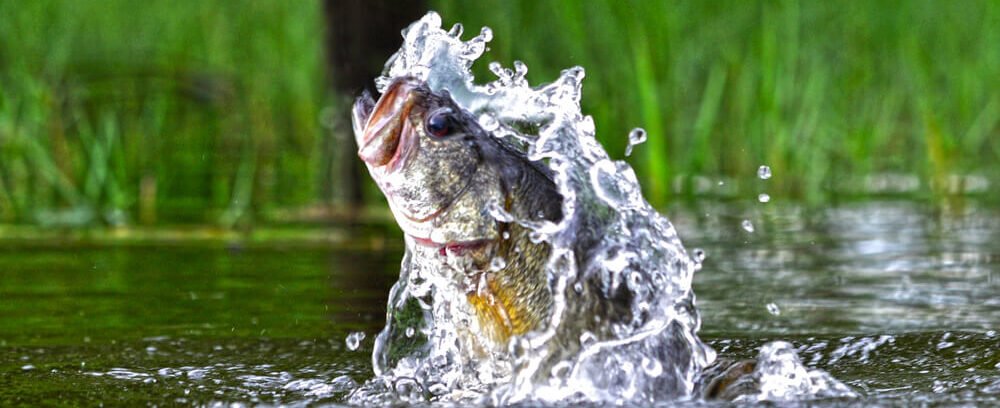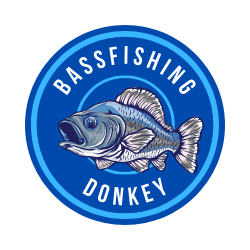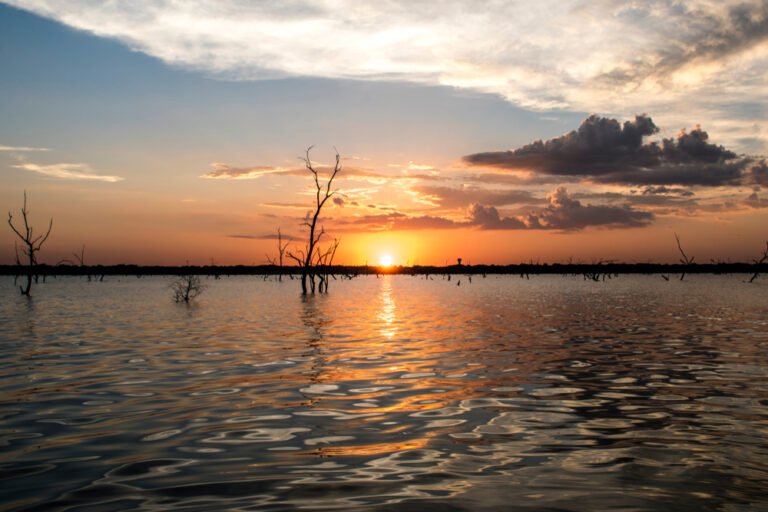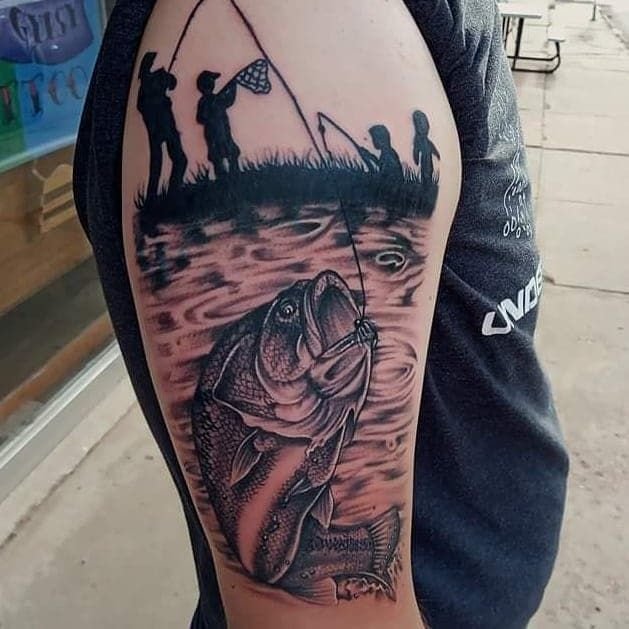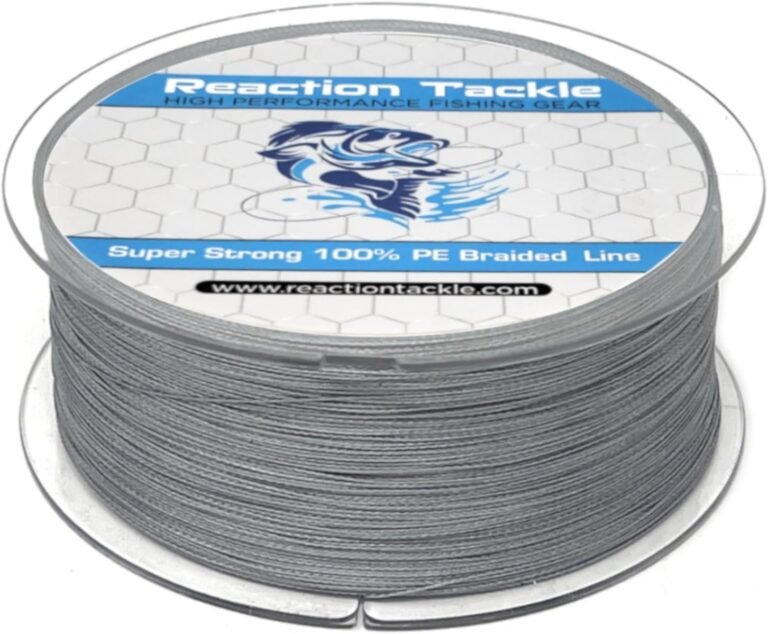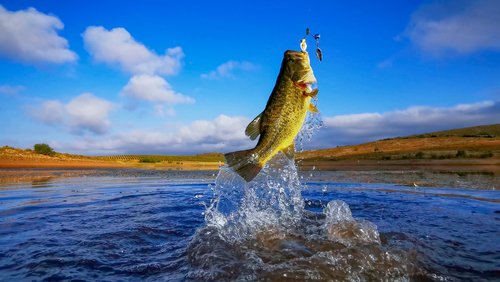Florida, the fishing capital of the US, is home to three main bass species that anglers often target: the largemouth bass, the sunshine bass, and the peacock bass. The largemouth bass is undoubtedly the superstar of Florida bass fishing.
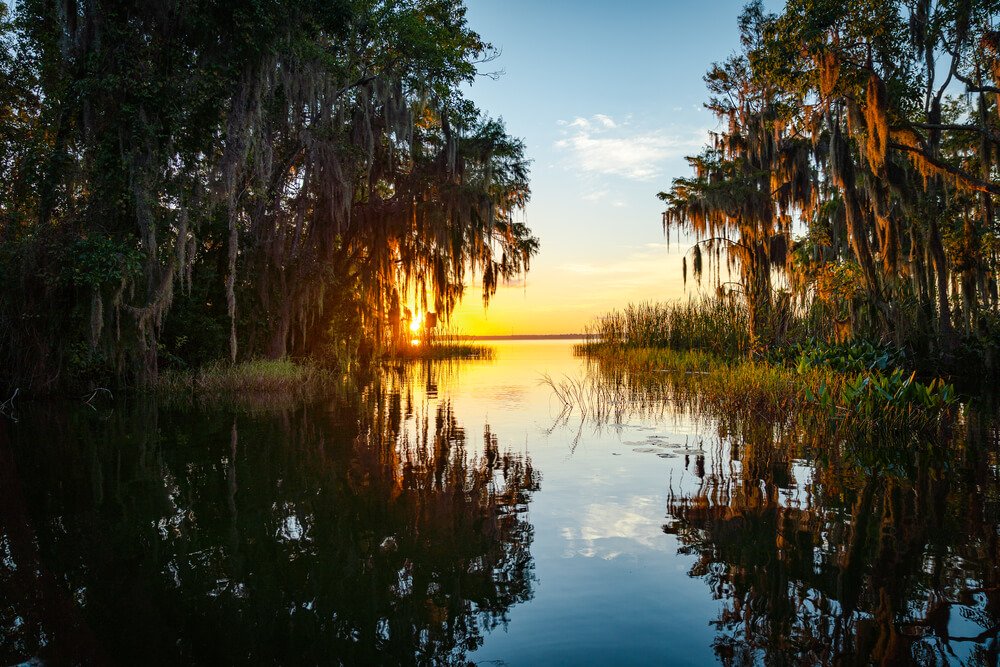
The largemouth bass boasts a robust body with a dark green hue on its back that fades into a lighter shade on its sides. It is accompanied by a distinctive black lateral stripe running horizontally along its flank.
In contrast, the Sunshine Bass is a hybrid fish from crossbreeding between Striped Bass and White Bass. While not native to Florida’s waters, this hardy hybrid was introduced for stocking purposes due to its excellent growth rates and fighting spirit.
While not a true bass, the peacock bass is a colorful and hard-fighting cichlid prized by anglers in South America and introduced in some parts of Florida.
Florida Bass Fishing Species Comparison
Largemouth Bass
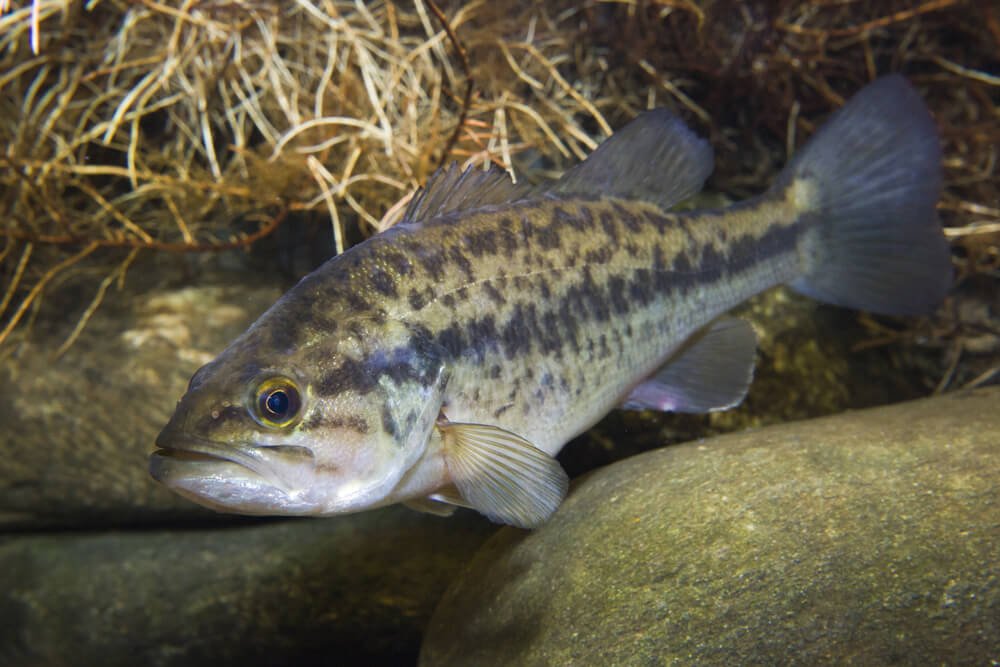
Sunshine Bass
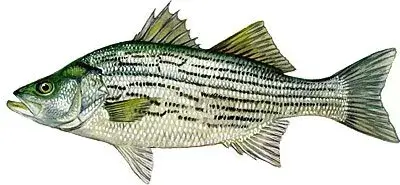
Peacock Bass
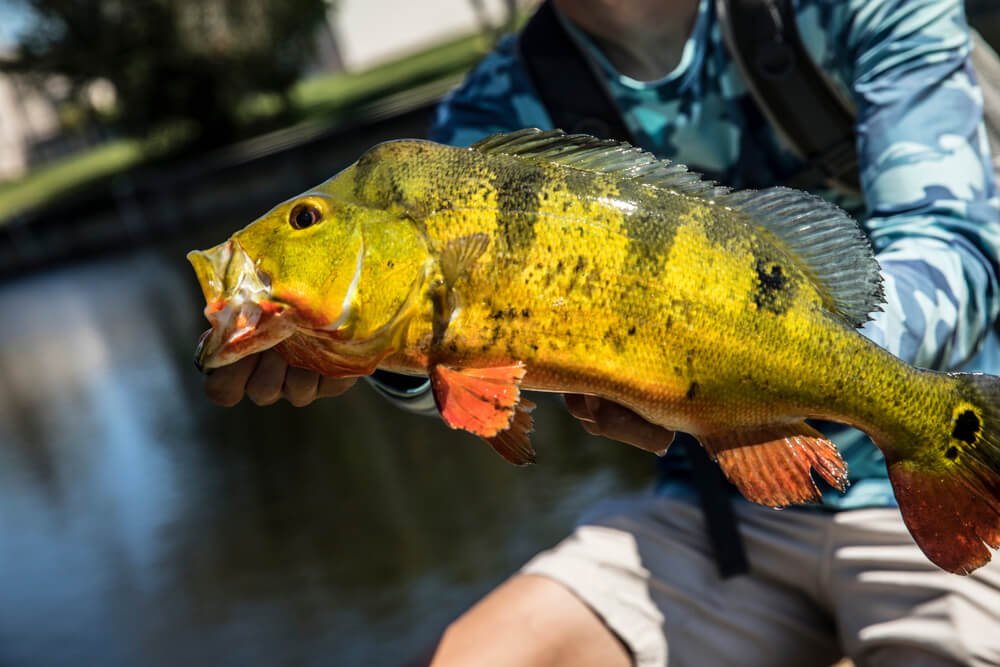
Species
Micropterus salmoides
Hybrid of white bass (female) and striped bass (male)
Genus Cichla (various species)
Origin
North America
Not native (hatchery produced)
South America (Amazon, Orinoco basins)
Habitat
Lakes, rivers, ponds, canals (various cover)
Lakes, reservoirs (cooler waters)
Warm, freshwater rivers, lakes, reservoirs (vegetation)
Appearance
Greenish-bronze body, dark horizontal stripes, large mouth
Silvery with horizontal stripes (irregular front, straighter back)
Silvery with horizontal stripes, vibrant colors (some varieties), distinct eye spots
Temperament
Aggressive, opportunistic feeder
Aggressive, schooling fish
Aggressive, territorial fish
Unveiling the Bass Trio: Largemouth, Sunshine, and Peacock
Florida’s freshwater ecosystems boast three exciting bass species, each with unique characteristics and thrilling fishing experiences. Let’s dive into their physical features, habitat preferences, and behavior patterns.
Size and Strength
- Largemouth Bass are the undisputed heavyweight. These green-bronze giants can reach impressive sizes, exceeding 20 pounds in fertile waters. Their large mouths allow them to consume a wider variety of prey.
- Sunshine Bass: This hybrid offspring of White and Striped Bass inherits a silver-white body with prominent vertical stripes. They typically reach a smaller size than Largemouth Bass, with an average weight of 3-5 pounds.
- Peacock Bass: Known for their vibrant colors and stunning displays of aerial acrobatics when hooked. Different peacock bass species have varying sizes, with some reaching over 10 pounds.
Habitat Preferences
- Largemouth Bass are masters of utilizing cover. They favor areas with abundant vegetation like weed beds, lily pads, submerged logs, or drop-offs near shorelines. These opportunistic feeders are most active during low light conditions or cooler water temperatures.
- Sunshine Bass: Favor clear reservoirs with strong currents. They often congregate near dams or inflowing rivers where baitfish gather.
- Peacock Bass: Thrive in warm, freshwater environments with abundant vegetation. They prefer rivers, lakes, and reservoirs with rocks or submerged wood structures.
Behavior and Predatory Instincts
- Largemouth Bass are ambush predators, often hiding in cover before launching a surprise attack. During spawning season, they construct nests in shallow waters near shorelines.
- Sunshine Bass: Inherit their predatory instincts from both parent species. They are aggressive feeders, striking prey swiftly, often resembling the behavior of Striped Bass. Sunshine Bass prefer deeper waters with sandy bottoms for spawning.
- Peacock Bass are highly territorial and aggressive, especially during spawning season. They are ambush predators, utilizing cover and structure to strike unsuspecting prey.
Tempting the Bite
- Largemouth Bass have an appetite that makes them receptive to various lures. Popular choices include plastic worms, jigs, crankbaits, spinnerbaits, and topwater lures like frogs or poppers.
- Sunshine Bass: Live bait options like shiners or shad can be effective because they resemble the prey of their Striped Bass parent. However, they also respond well to artificial lures like swimbaits or jigs that mimic their natural diet.
- Peacock Bass: Their aggressive nature makes them susceptible to various lures with fast retrieves that mimic fleeing baitfish. Popular choices include spinnerbaits, crankbaits, and swimbaits.
By understanding the unique characteristics of these three bass species, Florida anglers can elevate their fishing experience. Knowing their preferred habitats, behaviors, and preferred lures will help you target the right fish and increase your chances of success on the water.
Understanding Florida's Diverse Ecosystems
Natural Lakes: Lake Okeechobee, Lake Kissimmee
Florida boasts an impressive natural lake collection that provides excellent opportunities for bass fishing enthusiasts. Two notable examples are Lake Okeechobee and Lake Kissimmee.
Spanning over 730 square miles, Lake Okeechobee is the largest lake in Florida and is renowned for its trophy-sized largemouth bass.
Its diverse shoreline features abundant vegetation and submerged structures, creating ideal habitats for bass to thrive.
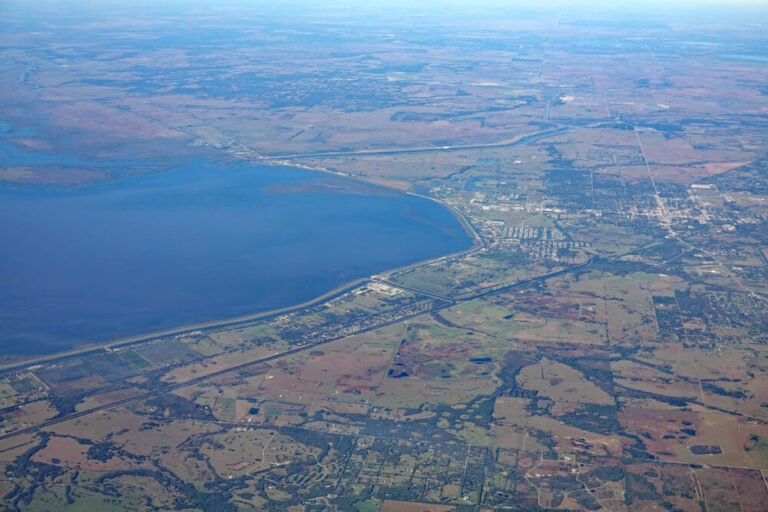
On the other hand, Lake Kissimmee, located in Central Florida, offers a combination of open waters and expansive grassy flats. Anglers can navigate through lily pads and submerged vegetation to target trophy bass lurking beneath the surface.
Man-Made Reservoirs: Rodman Reservoir, Lake Tohopekaliga
Florida’s man-made reservoirs provide another realm of exciting bass fishing opportunities. The Rodman Reservoir, formed by the construction of the Rodman Dam along the Ocklawaha River, offers anglers a chance to reel in trophy-sized largemouth bass amidst its structure-rich environment. This reservoir’s submerged trees and brush piles serve as ideal ambush points for big bass waiting to strike.
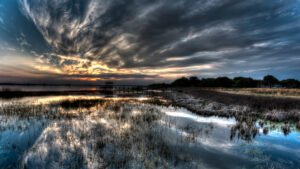
Likewise, located near Orlando in Central Florida, Lake Tohopekaliga (or simply “Lake Toho”) is renowned for producing some of the largest tournament-winning stringers of bass in Florida’s history.
Its diverse habitat includes submerged vegetation beds and offshore hydrilla fields that attract quality-sized largemouth bass.
Rivers and Creeks: St. Johns River, Suwannee River
The rivers and creeks flowing through Florida’s scenic landscape offer unique opportunities for anglers seeking a different adventure in their pursuit of bass fishing excellence. The St. Johns River, stretching across the central-eastern part of the state, is a prime location for targeting largemouth bass and sunshine bass. Its slow-moving waters, expansive flats, and submerged vegetation make it an ideal playground for anglers.
Meanwhile, the Suwannee River in North Florida provides a breathtaking backdrop as it winds through pristine wilderness.
With its clearer waters and diverse structure, such as rock formations and fallen trees, this river offers excellent opportunities to catch trophy-sized bass in a peaceful and scenic setting.
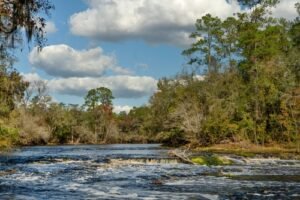
Coastal Estuaries: Mosquito Lagoon, Indian River
Along Florida’s coastal regions lie estuarine systems that provide premium angling experiences for bass fishing enthusiasts. The Mosquito Lagoon is an estuary situated on the east coast known for its abundant redfish population but also presents ample opportunities to catch trophy-sized largemouth bass. With its shallow flats, oyster bars, and seagrass beds teeming with baitfish, this lagoon offers a unique challenge to anglers seeking elusive trophy bass amidst stunning natural beauty.
Similarly renowned for its impressive biodiversity is the Indian River Lagoon System. Stretching along Florida’s east coast for 156 miles from Ponce de Leon Inlet to Jupiter Inlet, this estuary provides countless opportunities to hook into hard-fighting largemouth bass while surrounded by stunning marine life.
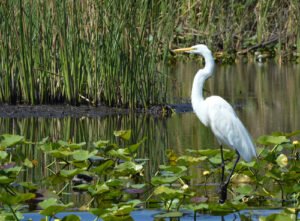
Understanding the diverse ecosystems in which Florida’s exceptional water bodies exist allows anglers to better strategize their approach to pursuing trophy-worthy bass. Each habitat presents distinct challenges and rewards for those willing to explore these unique environments, which contribute to Florida’s reputation as one of the world’s premier destinations for bass fishing adventures.
Techniques for Catching Florida Bass
Flipping and Pitching Techniques for Heavy Cover Areas
Regarding bass fishing in Florida, one cannot overlook the significance of flipping and pitching techniques, particularly in heavy-cover areas. These methods effectively target bass hiding amidst dense vegetation, fallen trees, or submerged structures.
Flipping involves presenting a bait by simply swinging it out into the desired area with a short line and minimal overhead casting motion. The angler must then carefully release the line to allow the bait to fall naturally into the target zone.
On the other hand, pitching involves a more controlled cast directly toward specific targets using a longer rod with increased accuracy. By employing these finesse techniques, anglers can meticulously deliver their offerings into tight spots where trophy-sized largemouth bass often lurk, increasing their chances of success.
Topwater Lures for Early Morning or Late Evening Surface Action
In the early morning or late evening hours, when the water is calm and tranquil, using topwater lures can yield exhilarating results while bass fishing in Florida. These lures are designed to imitate prey on or just below the water’s surface and create enticing disturbances that attract aggressive strikes from hungry bass.
Whether it’s a traditional buzz bait buzzing across the water’s surface, a popper making rhythmic popping noises when jerked erratically, or a realistic-looking frog lure gently gliding across lily pads. Each technique offers unique allure for enticing strikes from eager bass hunting near the shallows during low-light conditions.
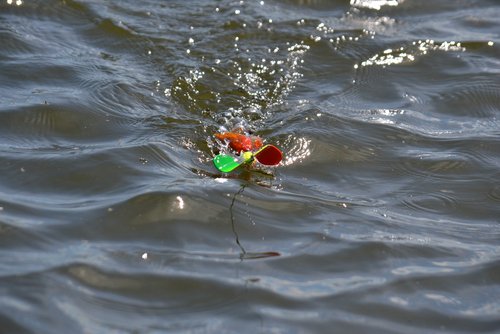
Swimbaits for Imitating Shad or Other Baitfish in Open Water Situations
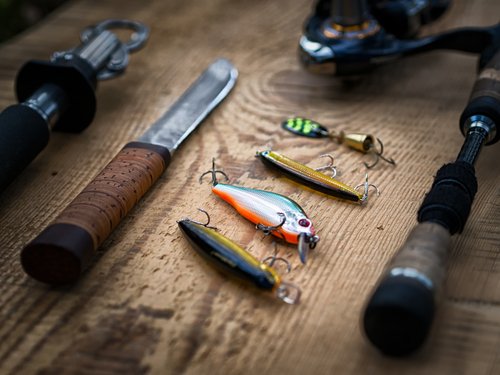
Using swimbaits to mimic shad or other baitfish when targeting Florida bass that roam open water situations such as expansive lakes or reservoirs is an excellent choice; these lifelike artificial lures are designed to replicate the species’ swimming action and appearance, enticing bass into striking.
Whether you opt for a soft plastic swimbait rigged on a jighead or a hard-bodied swimbait with realistic paint patterns and wobbling action, these versatile lures can be retrieved at various speeds to imitate the movement of baitfish. By understanding the seasonal preferences and patterns of the bass, anglers can strategically work these swimbaits through schools of baitfish, enticing bites from trophy-sized largemouths patrolling open waters.
Carolina Rigging for Targeting Deep Structure or Vegetation Edges
Carolina rigging is an effective technique for bass fishing enthusiasts seeking out deep structures or vegetation edges in Florida’s diverse water bodies.
The Carolina rig consists of a weight fixed on the line above a swivel, providing enough weight to sink your bait while maintaining a controlled presentation. A plastic worm or creature bait is then attached as the lure, ensuring it remains just above the bottom as it drifts along with subtle movements imparted by gentle rod twitches.
This technique works exceptionally well when targeting transition areas where underwater structures meet vegetation edges or drop-offs in lakes and reservoirs. Anglers can entice strikes from bass holding tight to cover and ambush points by carefully dragging the Carolina rig along these strategic locations.
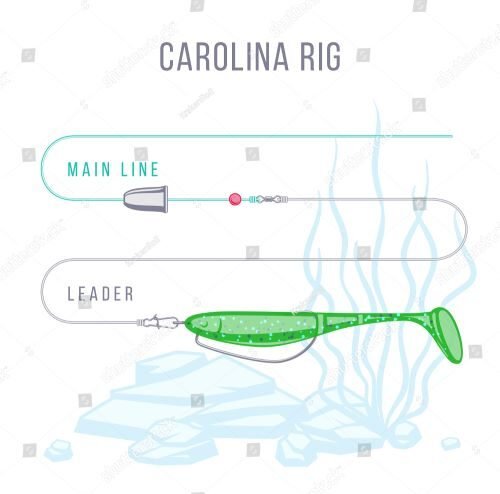
Employing these proven techniques in different situations will greatly enhance an angler’s success when pursuing Florida bass. Careful consideration should be given to selecting the appropriate technique based on location, conditions, and desired outcomes during any fishing expedition.
Seasonal Patterns and Timing
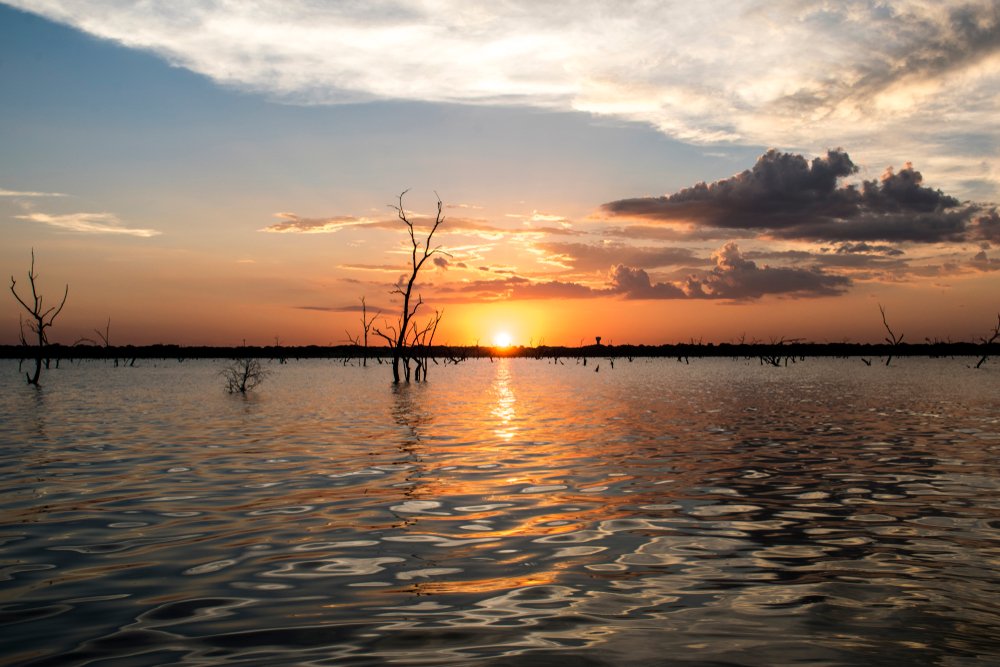
How seasonal changes affect bass behavior in Florida
The ever-changing seasons greatly influence Florida’s bass fishing, which dictates these elusive creatures’ behavior and feeding patterns. During spring, when water temperatures rise and days become longer, bass become more active and move to shallower waters for spawning.
This is a prime time to target them with techniques like flipping or pitching around heavy cover as they fiercely guard their nests. As summer approaches, the scorching heat drives bass deeper into cooler water bodies with ample vegetation where they can find refuge from the heat while hunting for prey.
During this period, topwater lures can be highly effective in the early morning or late evening when bass feed near the surface. When autumn arrives in Florida, cooler temperatures trigger significant changes in bass behavior.
As they sense winter is approaching, the bass begins to feed voraciously, preparing for reduced activity during colder months. Bass often move towards deeper structures, such as submerged rocks or fallen trees, where they can find shelter and food sources like shad or baitfish.
The Sunshine State’s Freshwater Trophy
Florida is a world-renowned destination for bass fishing, offering anglers of all skill levels the chance to catch a trophy largemouth bass. With its vast network of lakes, rivers, and canals, Florida provides a variety of habitats for bass to thrive.
Additional Prime Locations for Bass Fishing:
- Lake Okeechobee: Nicknamed “The Big O,” Lake Okeechobee is one of the best bass fishing lakes in the world. It’s home to a healthy population of largemouth bass, including trophy-sized fish. (This lake is so good I had to mention it twice).
- The Harris Chain of Lakes: This chain of eight lakes offers a variety of bass fishing opportunities. The lakes are known for their abundance of vegetation, which provides excellent cover for bass.
- Lake George: Located in northeastern Florida, Lake George is a popular destination for bass fishing tournaments. The lake is known for its clear water and its healthy population of bass.
Tips for Bass Fishing in Florida:
- Hire a Guide: A knowledgeable guide can help you find the best spots to fish and teach you the techniques needed to catch bass in Florida’s waters.
- Do Your Research: Learn about the different types of bass fishing techniques and lures that are effective in Florida.
- Fish During the Spawn: The spring spawn is a great time to catch bass in Florida. During this time, bass are more active and are more likely to bite.
By following these tips, you can increase your chances of having a successful bass fishing trip in Florida.
Conclusion
The beauty of bass fishing in Florida lies in its diverse ecosystems and how seasonal patterns influence fish behavior throughout the year. Understanding these changes enables anglers to adapt their techniques accordingly and increase their chances of success on every outing.
Whether you prefer casting your line on picturesque natural lakes like Lake Okeechobee or exploring artificial reservoirs such as Rodman Reservoir, Florida offers endless opportunities for bass fishing enthusiasts.
